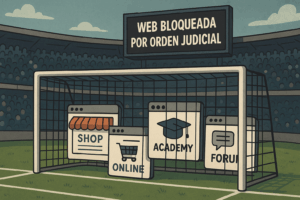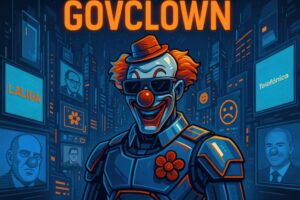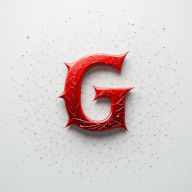Description: An IoT application is software designed to run on devices connected to the Internet, enabling the management of their operations and data. These applications are fundamental for the functioning of the Internet of Things, as they facilitate communication between devices, data collection, and process automation. IoT applications can vary in complexity, from simple user interfaces that allow manual control of devices to advanced systems that use artificial intelligence to analyze data in real-time and make autonomous decisions. Interoperability is a key feature, as it allows different devices and platforms to communicate with each other, creating a cohesive ecosystem. Additionally, security is a critical aspect, as Internet connectivity can expose devices to vulnerabilities. Therefore, IoT applications often include robust security measures to protect data integrity and user privacy. In summary, IoT applications are essential for maximizing the potential of connected devices, enhancing efficiency and functionality across various sectors, from smart homes to industrial automation and healthcare.
History: The concept of the Internet of Things was coined by Kevin Ashton in 1999, although the idea of connecting devices to the Internet dates back to the 1980s. As networking and sensor technology advanced, IoT applications began to develop in the 2000s, driven by the proliferation of mobile devices and the expansion of Internet connectivity. In 2011, the International Telecommunications Union (ITU) published a report defining the Internet of Things and its implications, leading to increased investment and development of IoT applications across various industries.
Uses: IoT applications are used across a wide range of sectors, including home automation, where they enable control and automation of devices in the home; healthcare, facilitating remote patient monitoring; agriculture, optimizing resource use through moisture and temperature sensors; and industry, improving operational efficiency through machinery and process monitoring. They are also used in smart city management, where transportation, energy, and public service systems are integrated to enhance citizens’ quality of life.
Examples: Examples of IoT applications include smart thermostat systems like Nest, which allow users to remotely control their home’s temperature; health monitoring devices like Fitbit, which track users’ physical activity and health; and fleet management solutions that use GPS and sensors to optimize routes and reduce operational costs. In the industrial sector, platforms like Siemens MindSphere enable real-time monitoring and data analysis to improve production efficiency.



